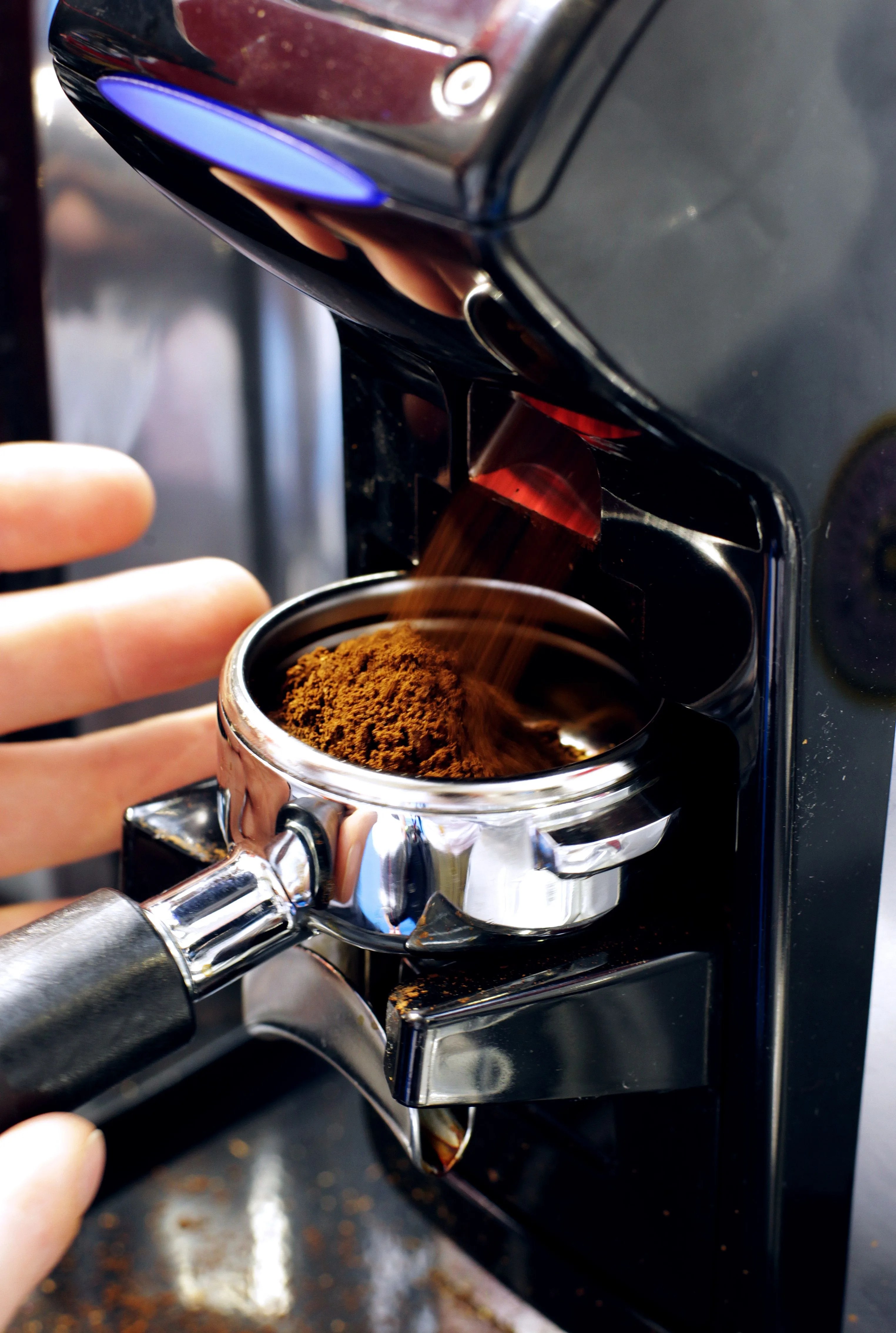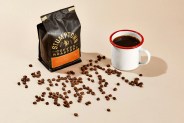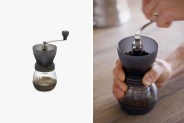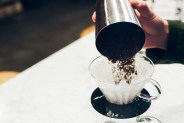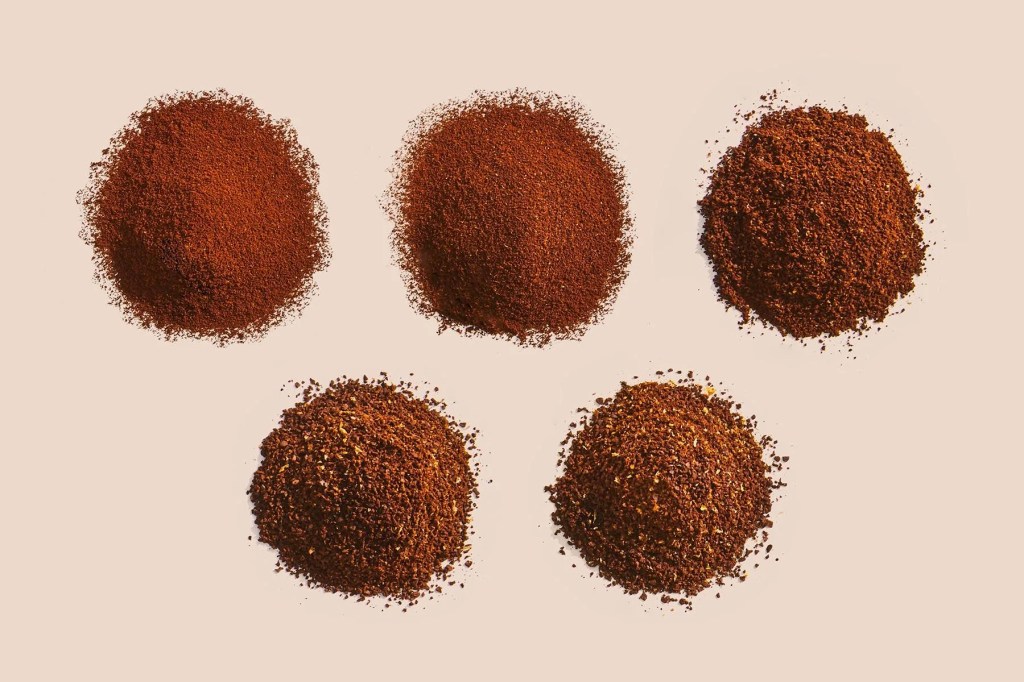You can’t make good coffee without good coffee beans. But even if you buy the best beans, you can ruin your cup of joe by buying those beans pre-ground. Worst yet, buying whole beans and grinding them to the wrong size.
Grind size is arguably the most important factor in ensuring what you get out of your coffee beans is what the coffee roaster intended. From grinding your coffee to the wrong size to using the wrong kind of coffee grinder, here’s how to ensure your next cup of coffee achieves its maximum potential.
Why does coffee grind size matter?
As Deejay Newell, co-owner (and bean ambassador) of the the Montana-based Treeline Coffee Roaster, puts it: if you like the taste of coffee, then “grind size matters.” Two factors that rely on proper coffee ground size are contact time, as in how long water is in contact with the grounds, and extraction rate, or — in layman’s terms — how much of the coffee’s characteristics (i.e. sweetness, bitterness, caffeine, flavor) end up in the final cup.
“The size of the grind directly correlates with the amount of flavor you are extracting from the bean,” Newell says. “Different brew methods call for different grind settings because everything is ‘dialed in’ to extract the most precise flavor from the bean. The ‘one size fits all’ grind philosophy could leave your coffee tasting bitter or sour.”
If you’re having trouble determining where you’re going wrong with grinding your beans, use your taste buds to figure it out. Using French press brewing as an example, Newell says if the beans are ground too fine, the coffee will be over-extracted or bitter. “Too coarse? That means the water is running right through the grinds without ‘picking up,’ or extracting, the intended flavor on the way,” Newell says. The best part about grinding your own beans over buying the pre-ground stuff is that you can continually adjust your grind size with each batch rather than being stuck with a whole bag of coffee that’s not ground to match your brewing method.
